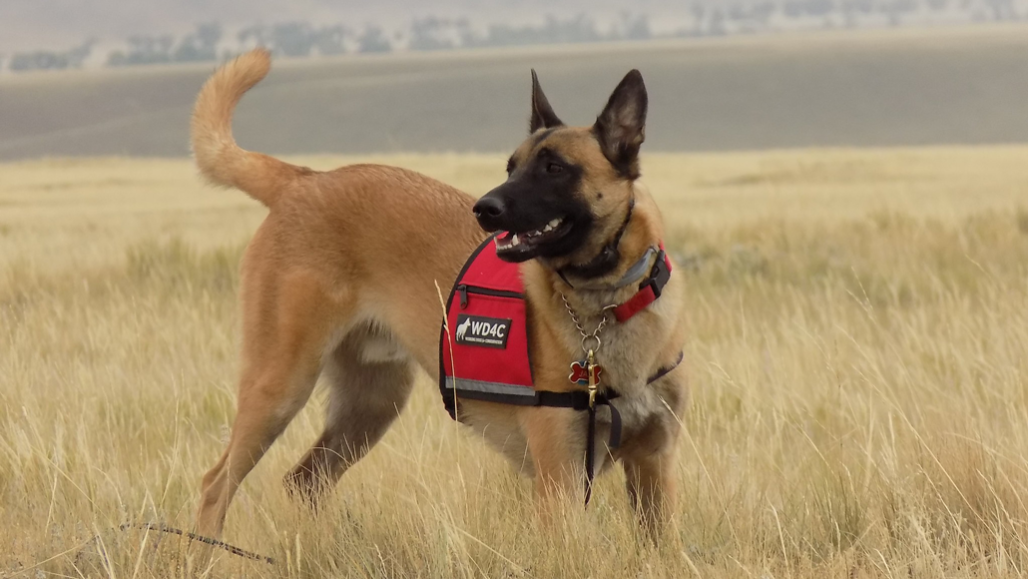Questions for ‘Conservation is going to the dogs’

Jax, here, is a canine with Working Dogs for Conservation (WD4C). He helps search for black-footed ferrets.
Working Dogs for Conservation

Jax, here, is a canine with Working Dogs for Conservation (WD4C). He helps search for black-footed ferrets.
Working Dogs for Conservation